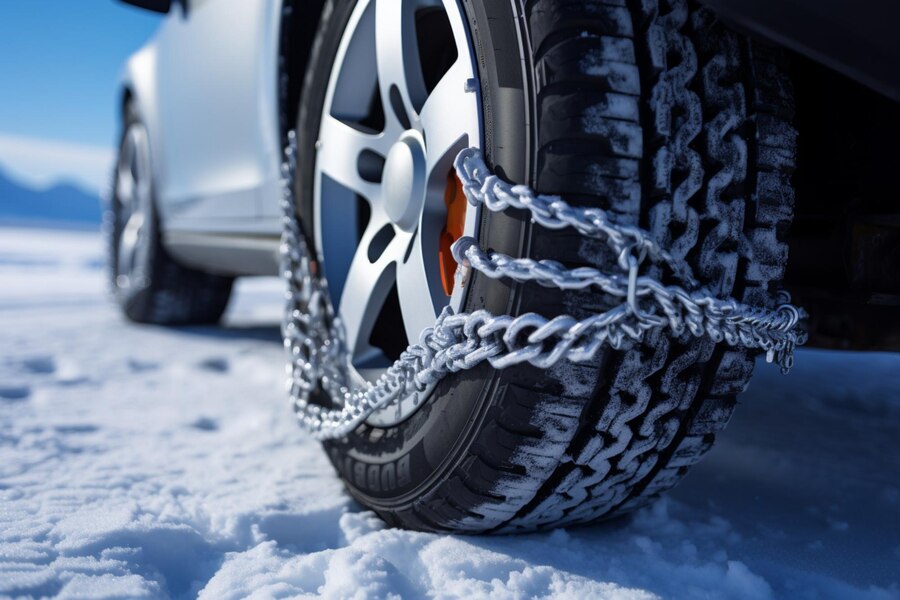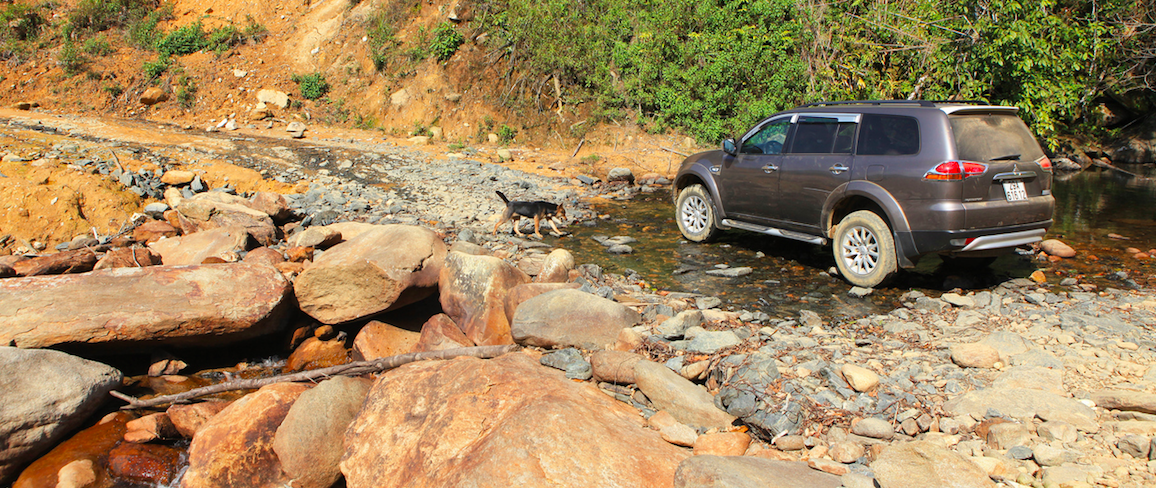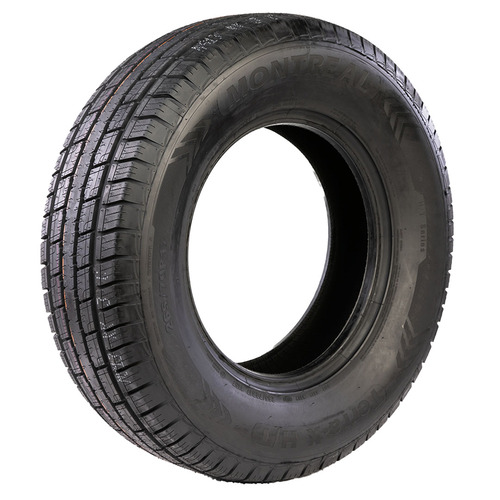Last Updated on October 9, 2024
Embark on your off-road adventure with confidence.
You’re charging down a muddy creek bed in your 4×4 truck, jamming the gas and digging through deep ruts, when suddenly, you’re stuck. High-centered, your off-road tires spinning and spraying mud into the dense foliage above, you pound the wheel in frustration. Luckily, your buddy is there to help you out. But what if he wasn’t? And what if you weren’t in range to call anyone?
This scenario isn’t fiction; it’s what happened to an off-road adventurer in Australia. While trucks are great for off-roading, and it’s a thrill, it’s also fraught with peril. Don’t go unprepared. An off-road accident could get you stranded, injured, and stuck with a hefty repair bill.
Avoid these off-roading mistakes, and you’ll spend less time fixing problems and more time enjoying your time off-road.
Mistake #1: Not scoping out your route
An off-roader in Texas found himself in a bind when he followed a friend without knowing where he was going. He ended up plummeting down a steep incline and picked up some damage along the way when he collided with unforgiving earth. The collision could have been worse, but the driver was still pretty sheepish about the incident, resulting in a dented fender.
The driver, who goes by cameraman123, said, “Taking it to the body shop tomorrow… we’ll find out how many paychecks this is going to eat. Learn from my cocky mistake, don’t get stupid!” Notoriously, any body damage can easily cost over a thousand dollars.

Solution: If you know someone who’s taken the route before, talk to them about what to expect. Or, give the area a thorough once-over on foot or from a safer vantage point before you charge it. Don’t drive haphazardly in spots where you have no idea what’s coming. A high-tech solution would be to take some aerial photos with a drone beforehand or survey with Google Earth.
Mistake #2: Going off-road alone
Because of the inherent danger of off-roading, doing it yourself is a bad idea. A friend in another 4×4 can help tow you out of a bind, or they can get help when you’re out of cellphone range and need a professional tow.

Solution: If you’re looking to get into off-roading but don’t have any friends who do it, head to the internet. Meetup.com has groups for just about every activity, as does Facebook, and forums are dedicated to this pursuit. If you can’t wait and have to go it alone, tell someone the details of your trip before you go.
Mistake #3: Not packing the right gear
Off-roading isn’t just off-roading–it’s survival. You could end up freezing overnight, nursing an injury with no bandages, or staring at an easy-to-fix engine problem with no tools to fix it. On the other hand, if you bring everything you need and have the solution to a problem, you’ll feel pretty darn good.

Solution: Pack a first aid kit, tools, maps, tow chain, lantern and flashlight, overnight gear, warm clothes, and a change of shoes, food, and water, and it doesn’t hurt to have long-range walkie-talkies.
Mistake #4: Not using the correct tires
Worn-out tires are dangerous to drive on in general. For off-roading, they’re downright hazardous. The wrong tires aren’t just the ones with too much wear. The top causes of tire failure are under-inflation, irregular wear because of a mechanical issue, or damage due to road hazards. A tire blow-out in the middle of off-roading action kills the party. And cheap tires that aren’t designed for off-roading don’t help.
Solution: Pick up a set of mudders and off-road tires you can throw on your truck or SUV for extreme conditions. Check the tire inflation level and make sure it’s up to spec.
Mistake #5: Rallying deep water
Standing water is likely to hide the type of mud that will get you stuck, and river crossings can be disastrous if the water is more profound than you think. There are 1500 pounds of buoyant force for each foot of water. Once that force exceeds your vehicle’s weight, you’ve lost control. The pauses on your axles, manual transmission, and transfer case will suck in water on contact, and if your engine’s air intake sucks in water, you’re in serious trouble.

Solution: Test the water’s depth before you rally it. Extend low-lying pauses, such as differential breathers, higher into the chassis area with flexible tubing. Find your air intake and ensure water won’t be high enough to hit it. Put a tarp over the front of the truck so less water gets into the engine bay.
Conclusion
Off-roading is all about striking a balance between adventure and safety. By being aware of these common mistakes and following the tips, you can ensure your off-road journey is thrilling and secure. Remember, the right equipment, especially tires, can make all the difference.
Venturing off-road can be an exhilarating experience, but it’s crucial to be well-prepared and informed. By sidestepping the top five mistakes many off-roaders make, you ensure a safer ride and prolong the life of your vehicle and tires.
Remember that knowledge, preparation, and the right equipment, especially reliable tires, are your best allies in conquering rough terrains. Trust in Tires Easy for quality choices and drive with confidence on your next adventure.
Don’t let tire troubles hold back your adventure.
Get top-quality off-road tires at unbeatable prices from Tires Easy.
FAQs
How do I get better at off-roading?
To improve your off-roading skills:
- Attend off-roading workshops or join off-road clubs.
- Practice on various terrains, starting with easier ones.
- Invest in quality off-road equipment and maintain your vehicle.
- Stay updated with the latest off-roading trends and techniques.
- Learn from any mistakes and avoid repeating them.
How do you drive a 4×4 off-road?
Driving a 4×4 off-road involves:
- Engaging the four-wheel-drive system.
- I am using low gears for steep terrains.
- We are maintaining a consistent speed without sudden accelerations or decelerations.
- I am being cautious of obstacles and navigating around them.
- If unsure about a terrain or obstacle, consider finding an alternative route.
What does it mean to go off-roading?
Off-roading means driving or riding a vehicle on unsurfaced terrains such as sand, gravel, mud, snow, rocks, or other natural terrains instead of paved roads. It can be a recreational or necessary activity, often involving specialized vehicles like 4x4s, ATVs, or dirt bikes. The aim is to navigate challenging terrains and experience the outdoors in its natural form.
-
Writer










 English
English Français
Français Español
Español